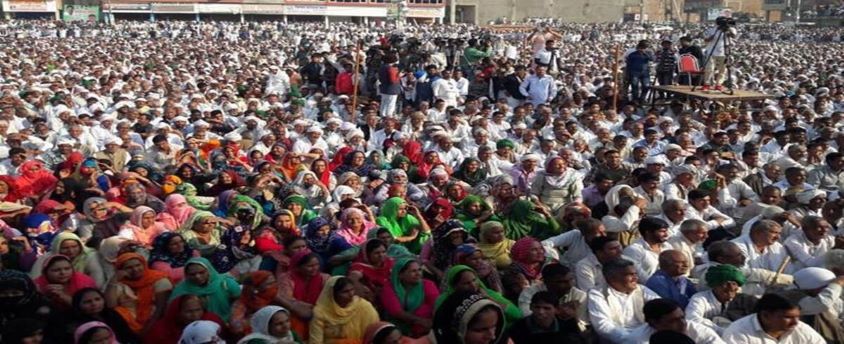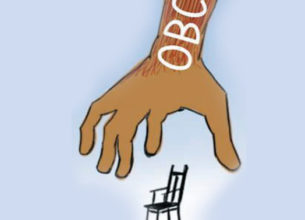OBC sub-categorisation panel gets 14th extension
30, Jan 2023

Prelims level : Rights Issues
Mains level : GS-II Welfare schemes for vulnerable sections of the population by the Centre and States and the performance of these schemes; Mechanisms, Laws, Institutions and Bodies constituted for the protection and betterment of these vulnerable sections.
Why in News?
- According to a gazette notification issued by the Union Ministry of Social Justice and Empowerment, the Justice G. Rohini-led commission for the sub-categorisation of other backward classes (OBCs) has now been given yet another extension in its tenure by the President.
About the News:
- This is the 14th extension in tenure that the commission has been given.
- The commission, formed in October 2017, was initially given 12 weeks to finish the task of sub-categorising the nearly 3,000 castes within the OBC umbrella and recommend division of the 27% OBC quota among them equitably.
- Initially, the government cited more time required by the panel to gather information and data and then it cited the pandemic.
About the Commission:
- The commission was set up on 2nd October, 2017 under Article 340 of the Constitution.
- It was tasked with sub-categorisation of the Other Backward Classes (OBCs) and equitable distribution of benefits reserved for them.
- In 2015, the National Commission for Backward Classes (NCBC) had recommended that OBCs should be categorised into extremely backward classes, more backward classes and backward classes.
- NCBC has the authority to examine complaints and welfare measures regarding socially and educationally backward classes.
Commission’s Terms of References:
- To examine the uneven distribution of reservation benefits among different castes in the central OBC list.
- To work out the mechanism, criteria, norms and parameters in a scientific approach for sub-categorisation within such OBCs.
- To take up the exercise of identifying the respective castes/communities/sub-castes/synonyms for comprehensive data coverage.
- To study and recommend correction of any repetitions, ambiguities, inconsistencies and errors of spelling or transcription.
Work Done So Far:
- It has met representatives of state governments, state backward classes commissions, community associations etc. apart from obtaining caste-wise data of OBCs in higher educational institutions and recruits in central departments, public sector banks and financial institutions.
- In 2021, the commission proposed to divide OBCs into four subcategories numbered 1, 2, 3 and 4 and split the 27% into 2, 6, 9 and 10%, respectively.
- It also recommended complete digitisation of all OBC records and a standardised system of issuing OBC certificates.
How has the status of OBC reservation evolved over time?
- The Kalelkar Commission, set up in 1953, was the first to identify backward classes other than the Scheduled Castes (SCs) and Scheduled Tribes (STs) at the national level.
- The Mandal Commission Report, 1980 estimated the OBC population at 52% and classified 1,257 communities as backward.
- It recommended increasing the existing quotas, which were only for SC/ST, from 22.5% to 49.5% to include the OBCs.
- The central government reserved 27% of seats in union civil posts and services for OBCs [Article 16(4)]. The quotas were subsequently enforced in central government educational institutions [Article 15 (4)].
- In 2008, the Supreme Court directed the central government to exclude the creamy layer (advanced sections) among the OBCs.
- The 102nd Constitution Amendment Act, 2018 provided constitutional status to the National Commission for Backward Classes (NCBC), which was previously a statutory body under the Ministry of Social Justice and Empowerment.







